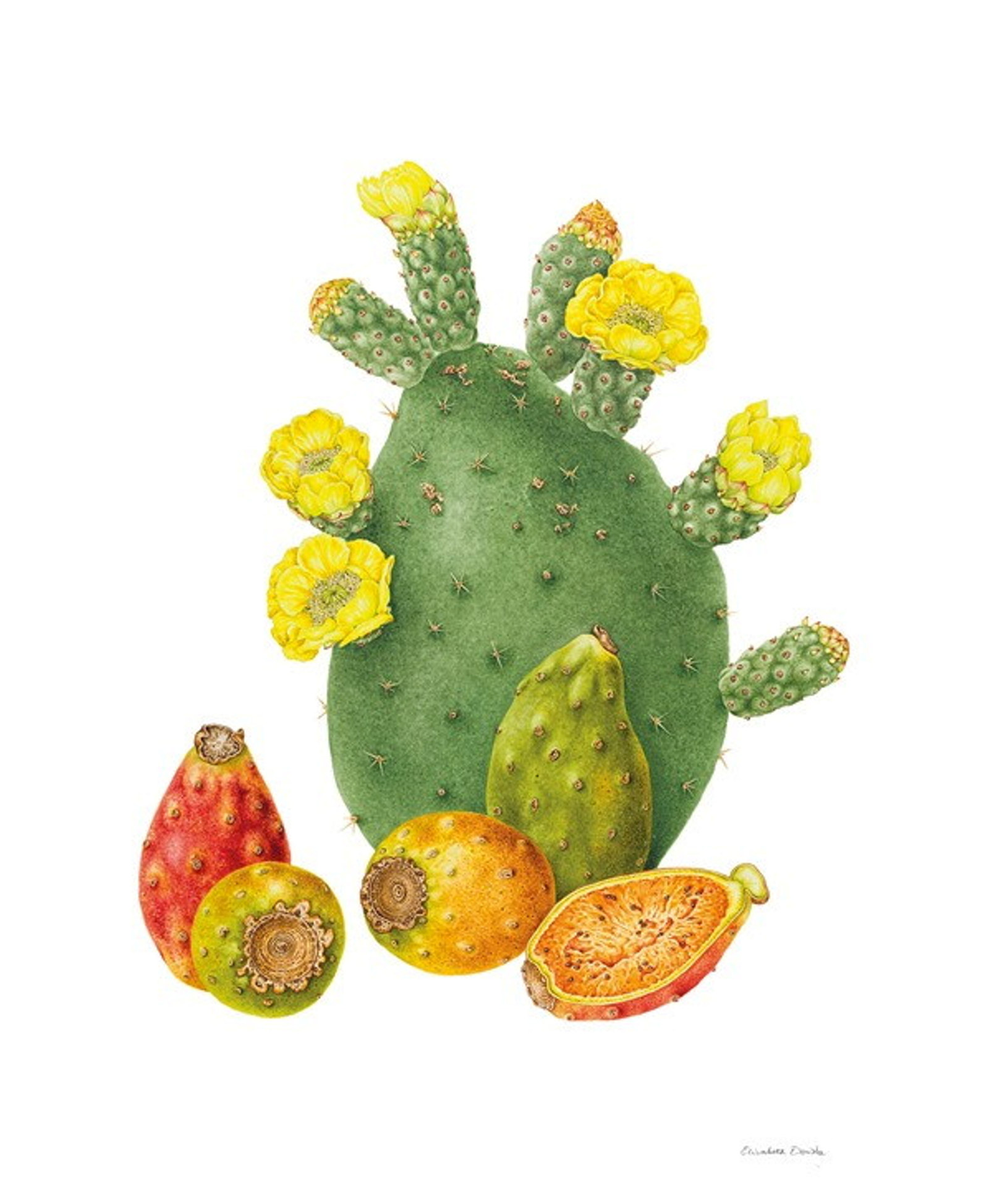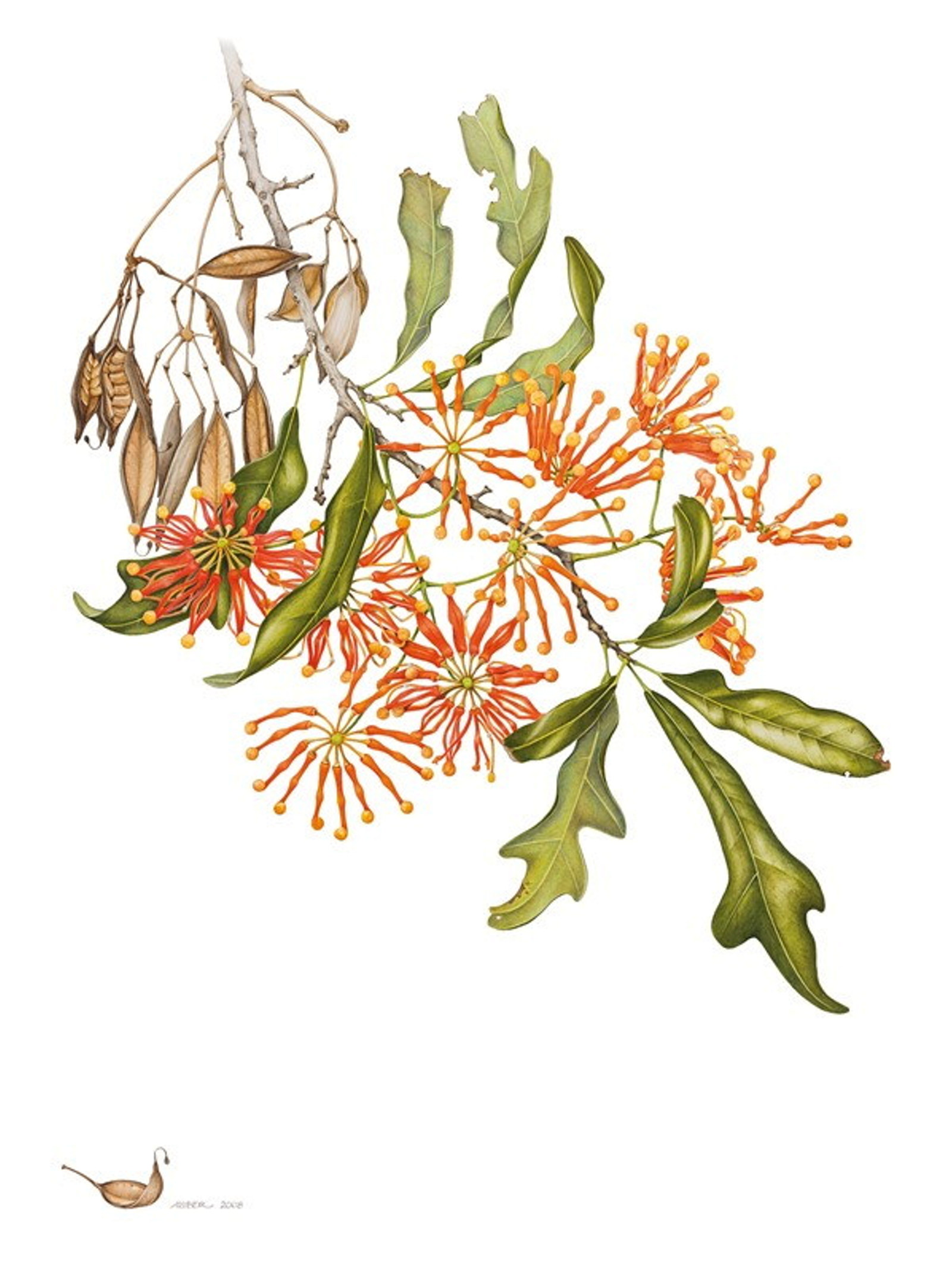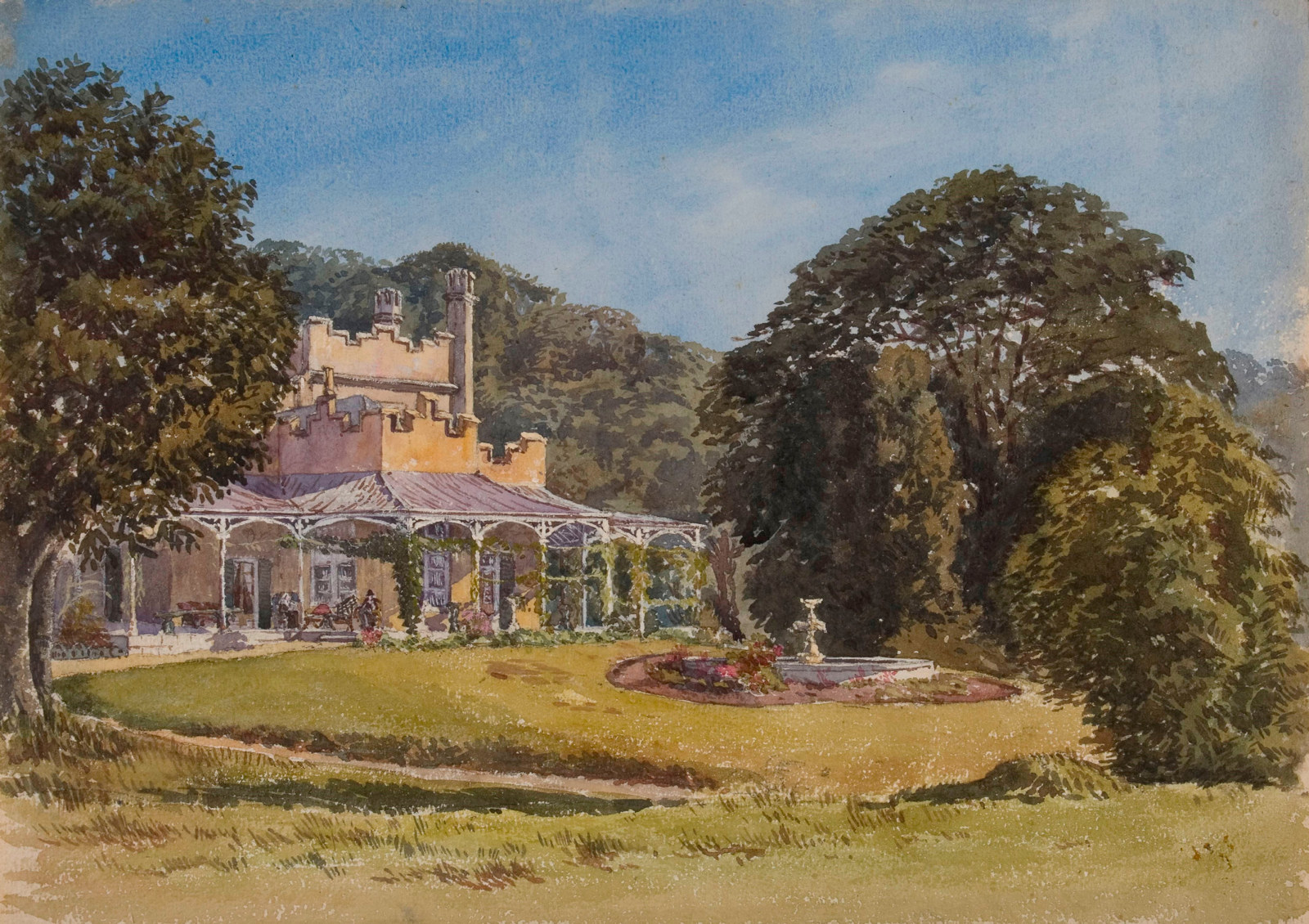Queensland kauri pine
Agathis robusta
Elizabeth bay House
Silent survivor
A towering old Queensland kauri pine, standing alongside a hoop pine (Araucaria cunninghamii) between 20th-century apartment blocks in Elizabeth Bay, is likely a survivor from the latter days of the estate established by Colonial Secretary Alexander Macleay, before it was subdivided in 1875 and again in 1882.
The kauri’s journey from the rainforests of Queensland to the garden at Elizabeth Bay illustrates the close links between gentlemen gardeners and the Botanic Garden. The latter’s first kauri grew from seed collected by botanist John Carne Bidwill at Maryborough in 1849 and propagated by horticulturist William Macarthur at Camden Park in NSW. In turn, a kauri (then named Dammara bidwillii) was among a consignment of rainforest trees, palms and conifers – both native and exotic – dispatched from the Botanic Garden to George Macleay, Alexander Macleay’s son, in 1873.
Published on
Florilegium plants
Browse all
Florilegium plants
Prickly pear
The first Opuntia plants were introduced to NSW in 1788 in the hope of establishing a cochineal industry (prickly pears are host to the cochineal beetle, used in the manufacture of scarlet dye)

Florilegium plants
A gathering of flowers: the Florilegium collection
Finely detailed botanical artworks reveal the range of plants introduced to Sydney’s gardens over the past 200 years

Florilegium plants
Florilegium: plant stories from our gardens
Native plants and exotic species from abroad have shaped Sydney’s gardens from the earliest days of the colony. Through the tales of their discovery, collection and exchange, and the horticultural trends that drove their popularity, our gardens reveal captivating stories spanning more than 200 years

Florilegium plants
Port Jackson fig
A giant Port Jackson fig standing at the eastern corner of Vaucluse House is likely to date from the mid-1850s. Together with an older Moreton Bay fig, planted on the western side, it framed the pale sandstone Gothic Revival house with dark evergreen foliage